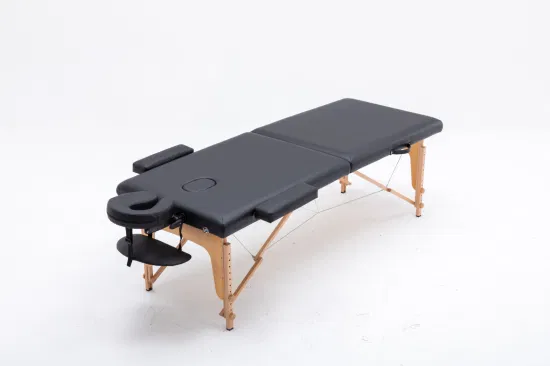Introduction
Thai massage, a practice deeply rooted in ancient traditions, has gained immense popularity worldwide for its therapeutic benefits and holistic approach to healing. Traditionally performed on a floor mat, Thai massage has evolved over the years, adapting to modern preferences and needs. One significant aspect of this evolution is the transition from floor mats to massage tables, offering practitioners and clients alike a more comfortable and versatile experience. In this article, we delve into the evolution of Thai massage table, exploring how they have been modernized to meet the demands of contemporary practices while preserving the essence of this ancient healing art.
The Origins of Thai Massage
Thai massage, also known as Nuad Boran or Thai yoga massage, traces its roots back over 2,500 years to ancient India and the teachings of Ayurvedic medicine. Over time, it migrated to Thailand, where it became intertwined with Buddhist practices, traditional medicine, and indigenous healing techniques. Thai massage focuses on the concept of energy lines, or Sen lines, believed to run throughout the body. By applying pressure along these lines and incorporating gentle stretching and yoga-like movements, Thai massage aims to release tension, improve flexibility, and promote overall well-being.
Traditional Practices: The Floor Mat Experience
For centuries, Thai massage has been performed on a floor mat, with the practitioner and client both positioned close to the ground. This traditional setup offers several advantages, including stability, grounding, and a sense of connection to the earth. Additionally, the low height allows the practitioner to utilize their body weight effectively, applying pressure with hands, elbows, knees, and feet.
The Shift to Massage Tables
While the traditional floor mat experience remains popular, many practitioners have embraced the use of massage tables for several reasons. Massage tables offer ergonomic benefits for both the practitioner and the client, reducing strain on the body and allowing for greater precision in massage techniques. Furthermore, massage tables accommodate clients of varying mobility and body types, making Thai massage more accessible to a wider audience.
Modernizing Thai Massage Tables
The evolution of Thai massage tables involves more than just transitioning from floor mats to elevated surfaces. Modernized tables incorporate features and design elements tailored to the specific needs of Thai massage practitioners and clients. Here are some key advancements:
1. Adjustable Height and Angle: Unlike traditional floor mats, massage tables can be adjusted to different heights and angles, allowing practitioners to customize the experience for each client. This versatility enhances comfort and accessibility, particularly for individuals with mobility issues or specific preferences.
2. Padding and Cushioning: Thai massage tables often feature thick padding and cushioning to provide optimal support and comfort during sessions. High-quality padding helps alleviate pressure points and ensures a relaxing experience for the client, even during extended massage sessions.
3. Portability and Storage: Many modern Thai massage tables are designed to be lightweight and foldable, making them easy to transport and store. This portability enables practitioners to offer their services in various settings, from spas and wellness centers to private residences and events.
4. Durability and Stability: Sturdy construction and durable materials ensure that Thai massage tables can withstand the rigors of daily use. Stability is essential for maintaining proper body alignment and facilitating effective massage techniques, enhancing the overall quality of the experience for both the practitioner and the client.
5. Accessibility Features: Some massage tables come equipped with accessibility features such as adjustable headrests, armrests, and side extensions, catering to clients with specific needs or preferences. These features promote inclusivity and ensure that Thai massage remains accessible to individuals of all ages and abilities.
Benefits of Modernized Thai Massage Tables
The modernization of Thai massage tables offers numerous benefits for practitioners and clients alike:
1. Enhanced Comfort: Thick padding, adjustable settings, and ergonomic design elements maximize comfort during Thai massage sessions, promoting relaxation and stress relief.
2. Improved Precision: Adjustable height and angle settings allow practitioners to perform massage techniques with greater precision and effectiveness, targeting specific areas of tension or discomfort.
3. Versatility: Portable and versatile, modern Thai massage tables enable practitioners to offer their services in various settings, expanding their client base and professional opportunities.
4. Accessibility: Accessibility features and customizable settings ensure that Thai massage remains accessible to individuals of all ages, body types, and mobility levels, promoting inclusivity and diversity within the wellness industry.
Conclusion
As Thai massage continues to evolve and adapt to modern practices, the transition from floor mats to massage tables represents a significant milestone in its journey. Modernized Thai massage tables offer practitioners and clients a more comfortable, versatile, and accessible experience while preserving the essence of this ancient healing art. By embracing innovation while honoring tradition, the practice of Thai massage remains relevant and transformative in today’s world of wellness and holistic health.



